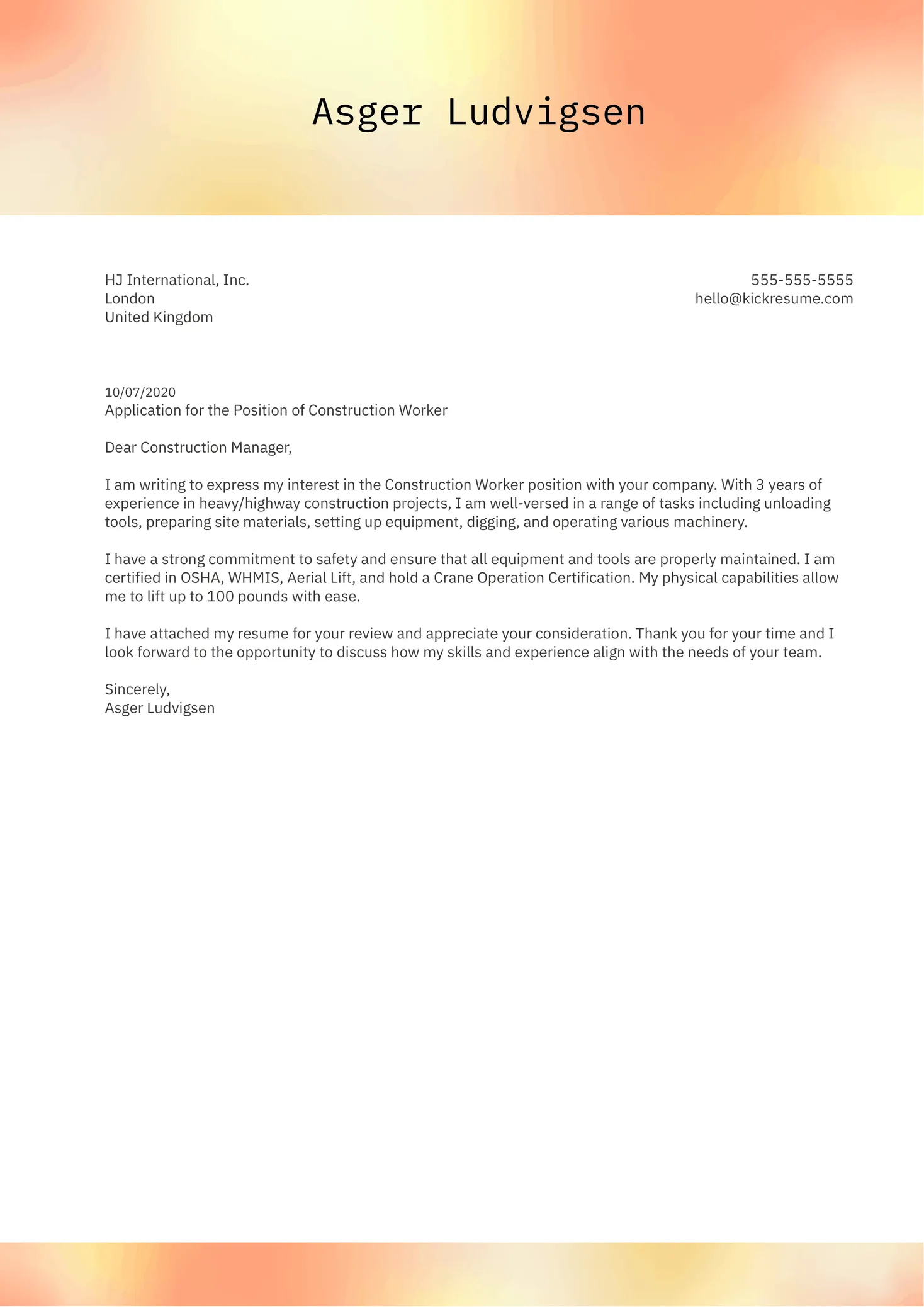Cover Letter Examples How-to Guide
In the competitive job market, a well-crafted cover letter is your first introduction to potential employers. This guide offers cover letter examples and a comprehensive how-to, equipping you to create compelling cover letters that make a positive impression. We’ll cover essential components, provide tailored examples for diverse career levels, and offer actionable formatting strategies. Moreover, we’ll help you sidestep common pitfalls that can undermine your application. This guide equips you with the necessary tools to transform your application into a winning package and increase your chances of securing an interview.
Understanding the Purpose of a Cover Letter
Before diving into examples, it’s crucial to understand the role of a cover letter. It’s your opportunity to contextualize your resume, emphasize key qualifications, and showcase your genuine interest in the role and the company. A well-written cover letter demonstrates your personality, communication skills, and enthusiasm. Your cover letter should be written in a personalized and narrative style; it allows you to tell your story and explain why you are the perfect fit for the job. It’s your chance to create a strong first impression, encouraging the hiring manager to delve deeper into your qualifications.
What is a Cover Letter?
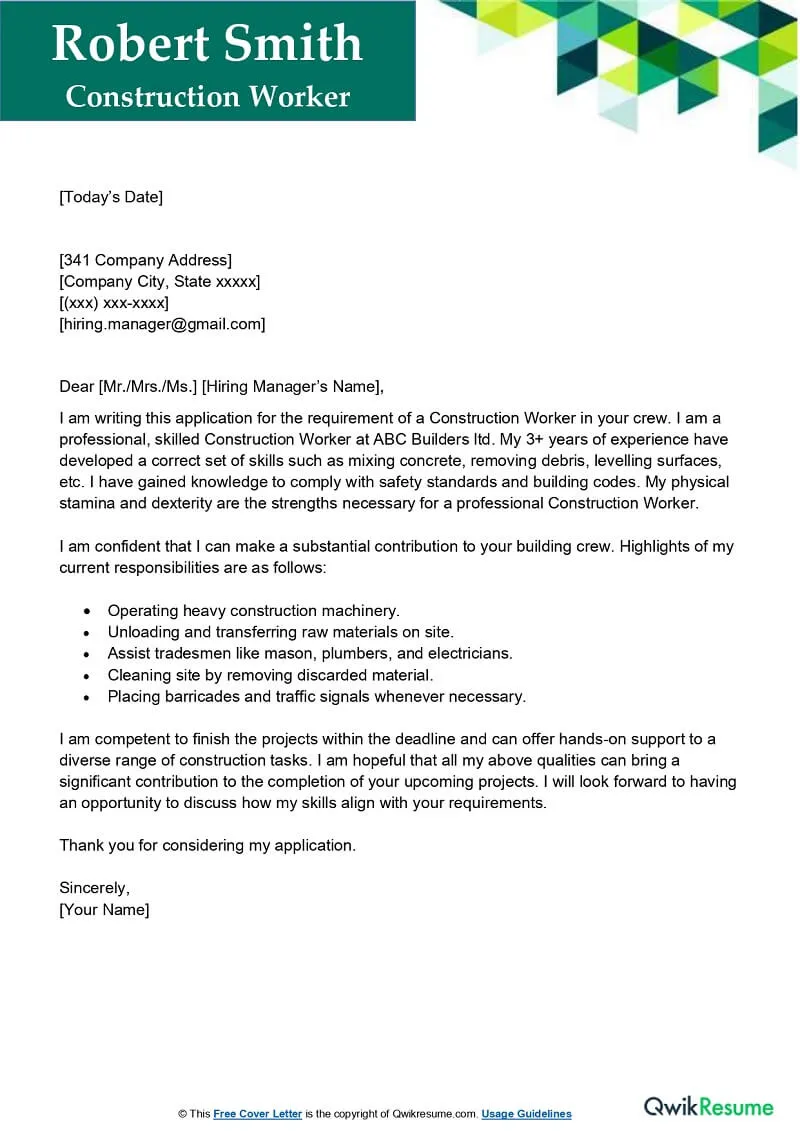
A cover letter is a one-page document submitted with your resume, introducing you to the employer and providing a snapshot of your skills and career goals. It’s a chance to tell your story, and expand on your experiences and qualifications. A cover letter is personalized for each job application and expands on relevant experience and skills.
Why Are Cover Letters Important?
Cover letters are important because they allow you to show your personality, communication skills, and express your interest, which is key for landing your dream job. They allow you to elaborate on qualifications and highlight skills. They also provide space to discuss gaps or unusual circumstances. In short, cover letters give you a chance to make a strong first impression and differentiate yourself from other applicants.
Key Components of a Cover Letter
A strong cover letter includes a header, a personalized greeting, compelling body paragraphs, and a professional closing with a signature. Each part is key to conveying your message. The header includes your contact details and the date. The greeting should be addressed to the hiring manager. The body paragraphs should highlight skills and experience. The closing reiterates your interest and includes a call to action.
Header Section
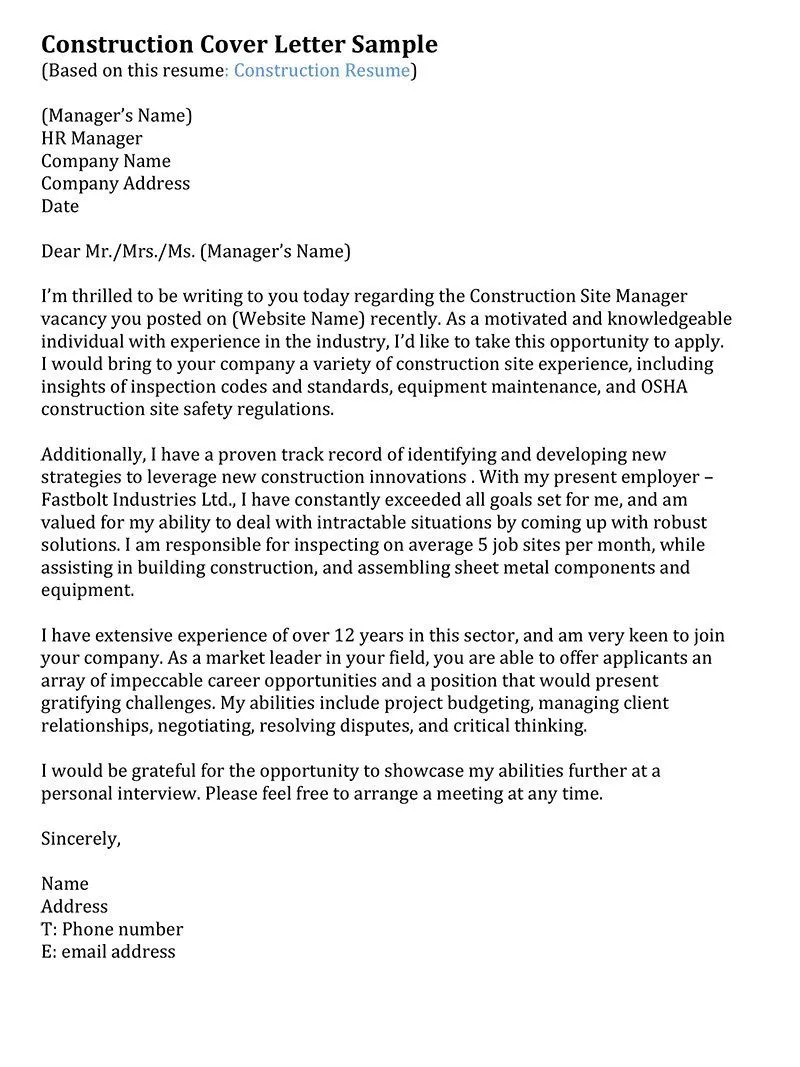
The header should include your name, contact details (phone number, email, and LinkedIn profile), and the date. Include the hiring manager’s name and the company’s address below this. Make sure your header is neat and easy to read. Ensure the contact information and recipient details are accurate and professional. The header sets the stage for your application, providing essential contact information.
Greeting
Personalize your greeting. Address the hiring manager by name whenever possible. If you don’t know the name, use Dear Hiring Manager. Avoid generic greetings such as To Whom It May Concern, because these make your letter seem impersonal. A personalized greeting demonstrates that you’ve researched the company and its hiring team, creating a favorable impression.
Body Paragraphs
The body is where you make your case. Start with an attention-grabbing opening paragraph stating your interest in the position. Follow with paragraphs highlighting skills, providing specific examples. Explain how your qualifications match the job requirements, and what you can bring to the company. Demonstrate your knowledge of the role and the company. Focus on showcasing enthusiasm and how you can contribute to the company’s success.
Closing and Signature
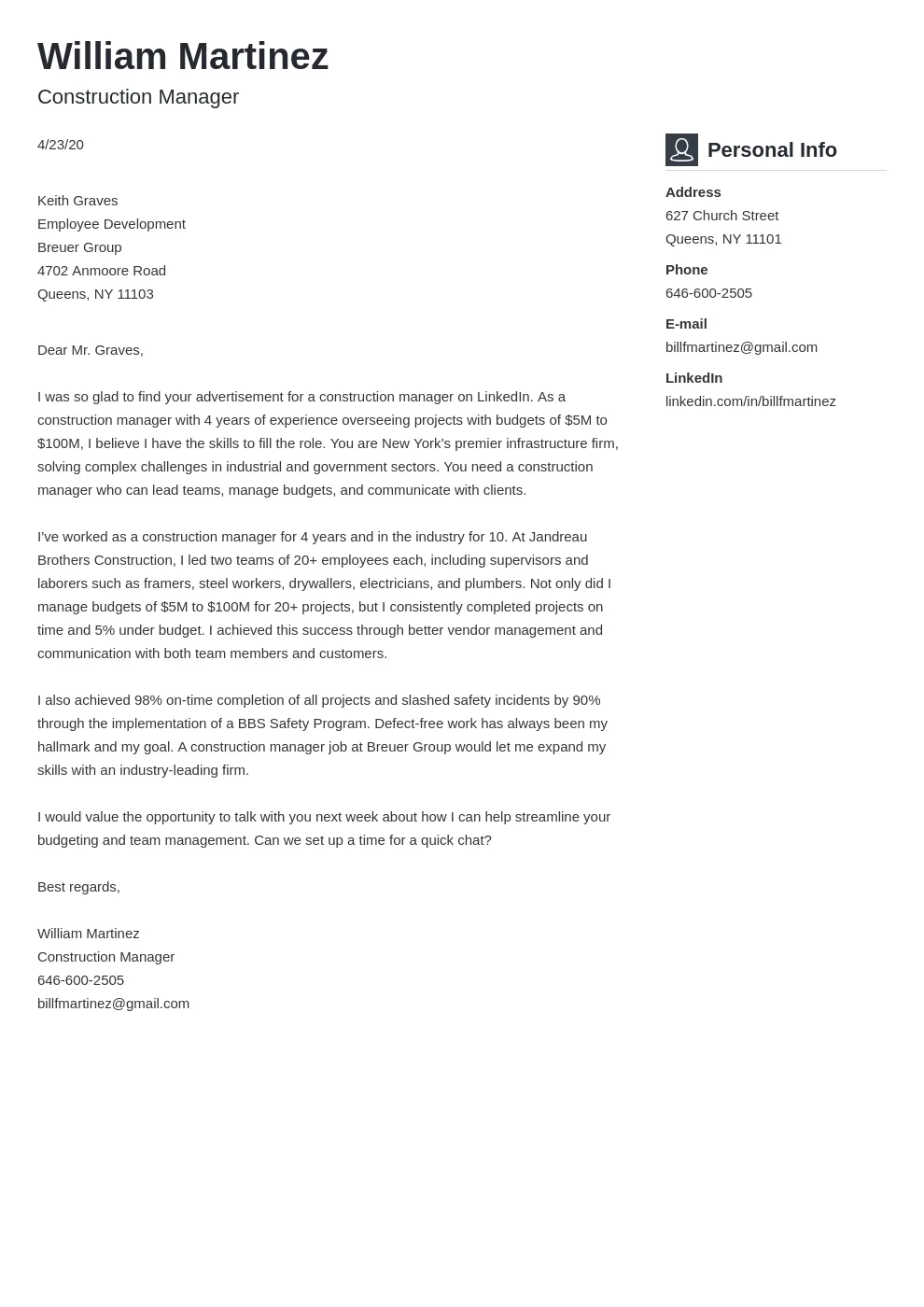
In the closing, reiterate your interest and thank the reader. Include a call to action, such as ‘I look forward to hearing from you soon.’ Use a professional closing like ‘Sincerely’ or ‘Best regards’, followed by your typed name and signature. Ensure your closing creates a positive impression. Always double-check for grammatical errors and that your contact information is readily available.
Cover Letter Examples: Tailoring to Different Job Types
The approach to a cover letter should change based on the job. Tailor your letter, and focus on your relevant skills and experiences. The tone should also reflect the industry and company culture.
Entry-Level Cover Letter Examples
An entry-level cover letter should emphasize your education, internships, and transferable skills. Highlight your enthusiasm for the role and company. Focus on your willingness to learn and contribute. If you lack extensive work experience, emphasize your academic achievements. Include a clear statement of your career goals. (See entry-level-letter-example-image.webp)
Mid-Career Cover Letter Examples
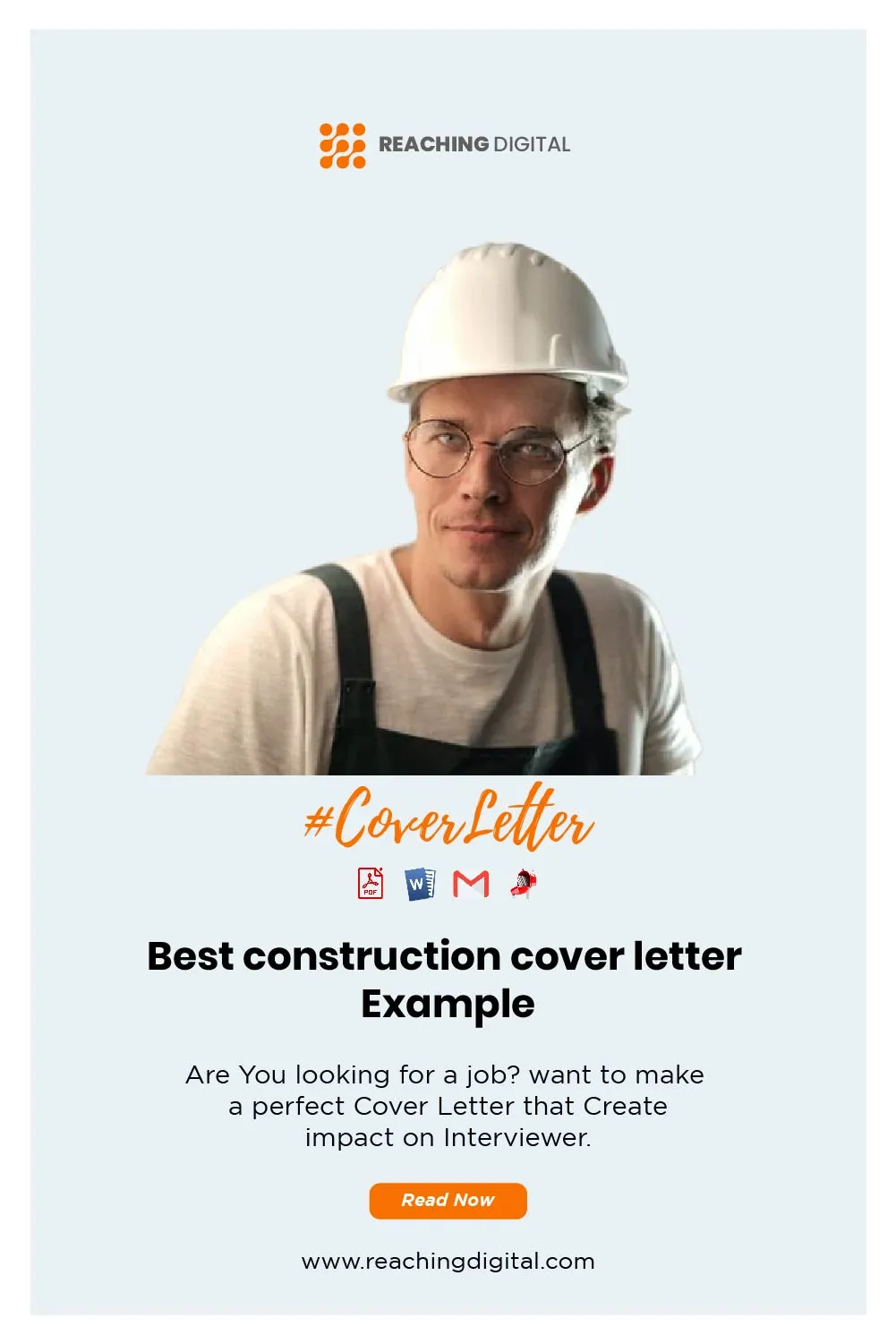
Mid-career cover letters should focus on your professional achievements and relevant experience. Quantify accomplishments with data and metrics. Include past roles, and show your career growth. Emphasize your skills and leadership abilities. (See mid-career-letter-example-image.webp)
Executive Cover Letter Examples
Executive cover letters should demonstrate leadership, strategic thinking, and significant achievements. Focus on high-level achievements, like revenue growth and strategic initiatives. Use formal language. Emphasize your ability to drive results and contribute to long-term success. (See executive-letter-example-image.webp)
Cover Letter Examples: Formatting and Design
Proper formatting and a clean layout make your letter easy to read. Well-formatted letters are professional and make a positive impression. Formatting should be simple, and these adjustments can make a difference. (See cover-letter-formatting-image.webp)
Font Selection
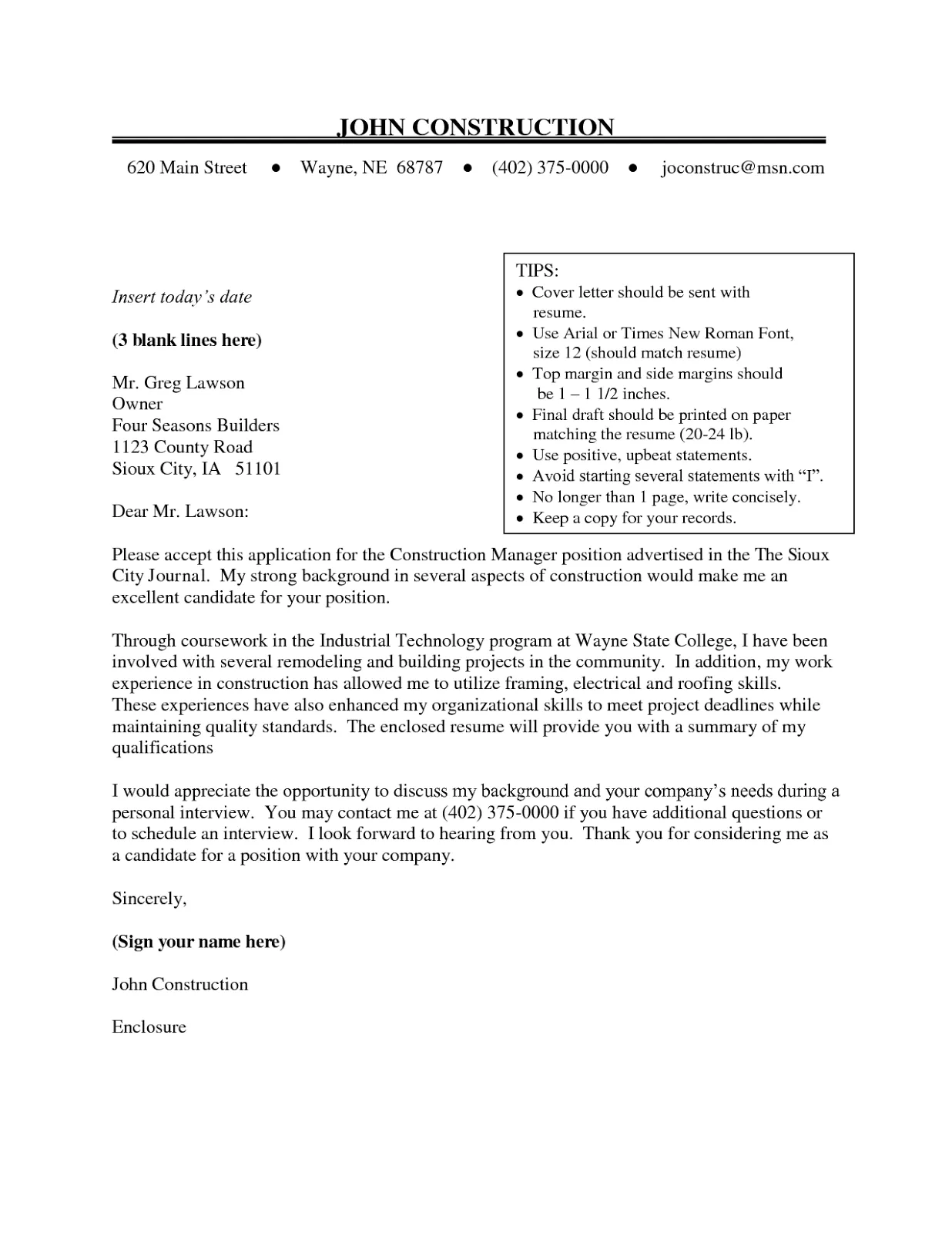
Use a readable font, like Times New Roman or Arial. Keep the font size between 10 and 12 points. Avoid distracting fonts. The right font shows attention to detail.
Margins and Spacing
Use 1-inch margins. Use single-spacing within paragraphs and double-spacing between paragraphs. This spacing improves readability. Make sure the spacing is consistent and professional.
Length and Structure
Keep your cover letter concise, ideally within one page. The structure should include a clear header, personalized greeting, body paragraphs, and a professional closing. Organize your thoughts logically. The format keeps your reader engaged.
Common Mistakes to Avoid in Your Cover Letter
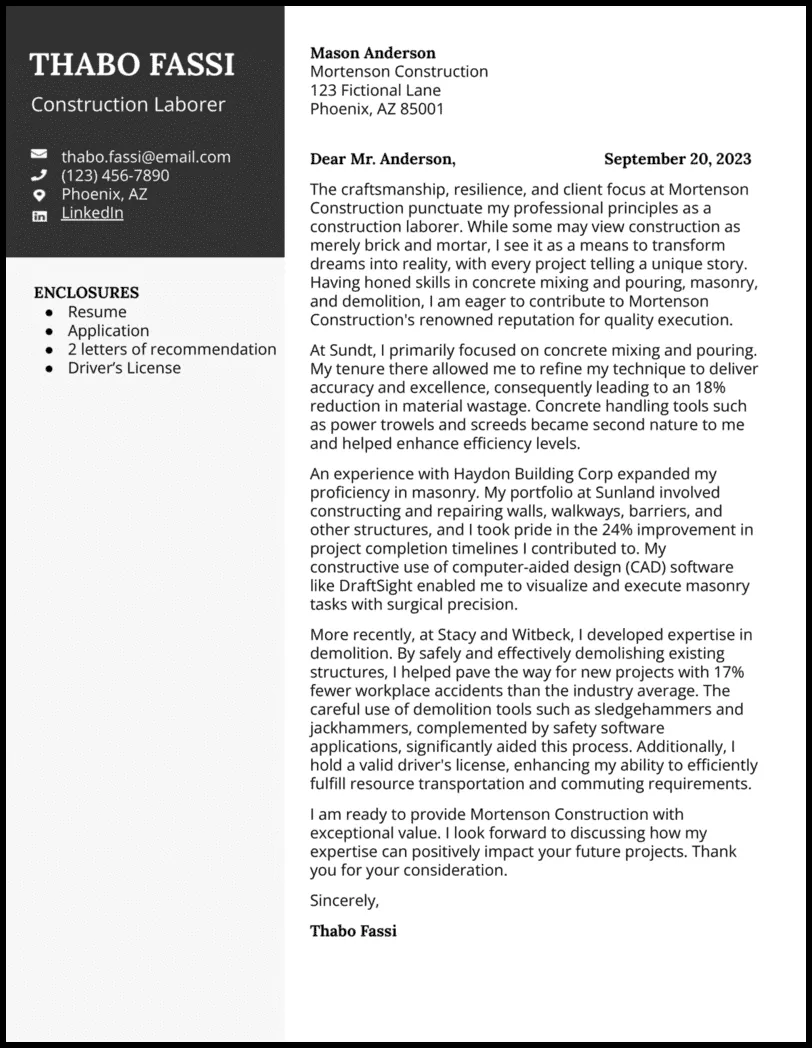
Avoid these mistakes to maximize your chances of success. Proofread meticulously, ensuring it demonstrates competence. (See cover-letter-mistakes-image.webp)
Grammatical Errors
Typos and grammatical errors damage credibility. Proofread carefully, and use grammar-checking software. These errors show a lack of attention to detail. Always review for mistakes.
Generic Content
Avoid generic phrases. Customize your letter. Show you’ve researched the company and role. Generic content shows a lack of effort. Be specific and tailor your letter to each job.
Typos and Formatting Issues
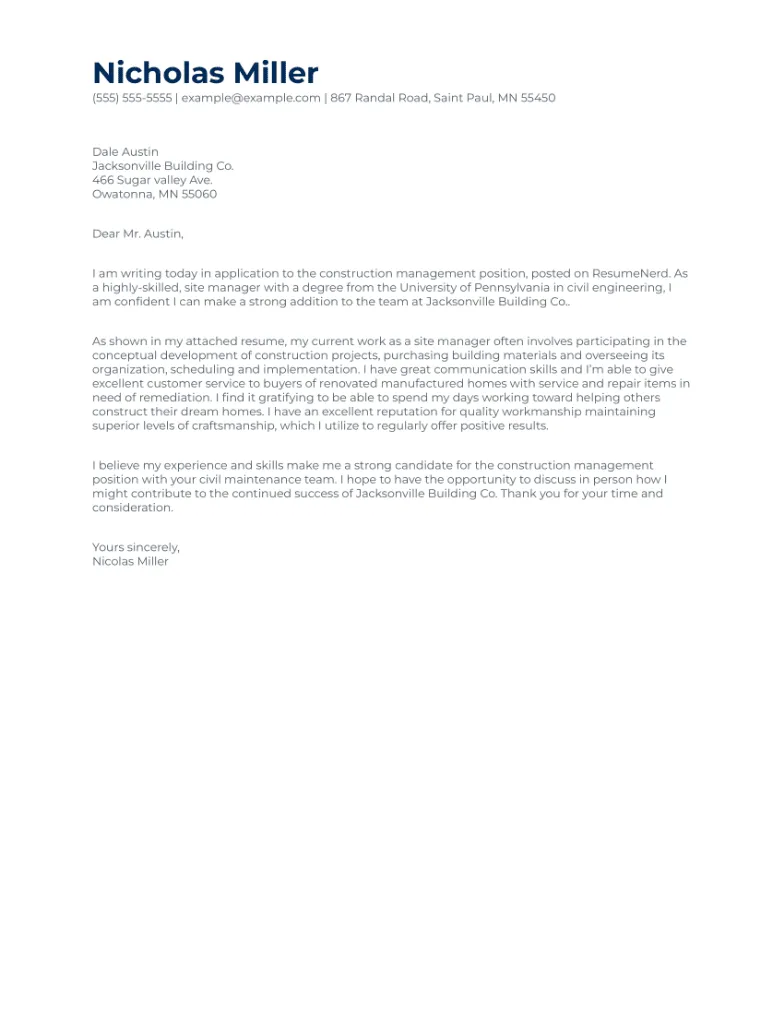
Proofread for typos, formatting inconsistencies, and other errors. Ensure your letter is easy to read. Formatting issues undermine your message. Always review for consistent and professional formatting. (See cover-letter-mistakes-image.webp)
Additional Tips for Writing Effective Cover Letters
Here are additional tips to create effective cover letters. The goal is to demonstrate you are an ideal candidate. (See cover-letter-tips-image.webp)
- Research the company and the role thoroughly.
- Tailor your cover letter to each job.
- Use keywords from the job description.
- Quantify your achievements.
- Keep your cover letter concise.
- Proofread carefully.
- Ask a colleague to review your letter.
- Follow up with the employer.
By following this guide, you can create a compelling cover letter that increases your chances of landing your dream job. Take the time to craft a well-written cover letter.
